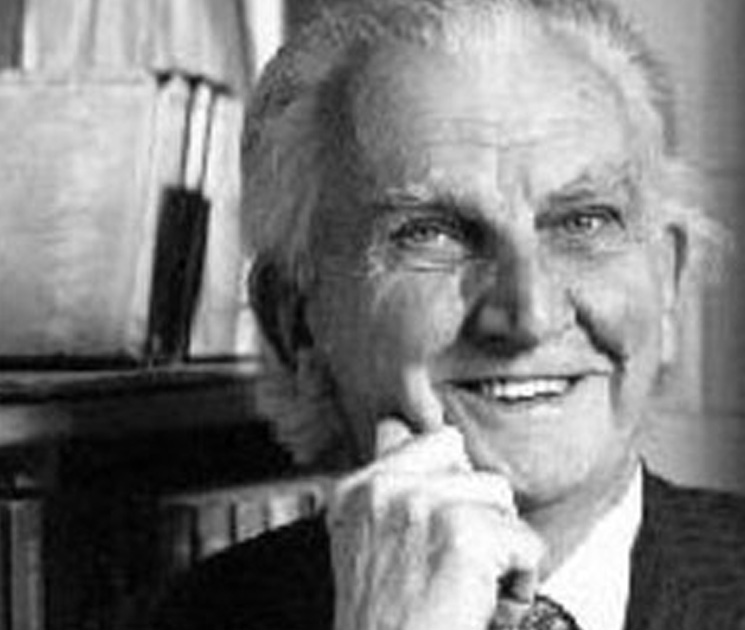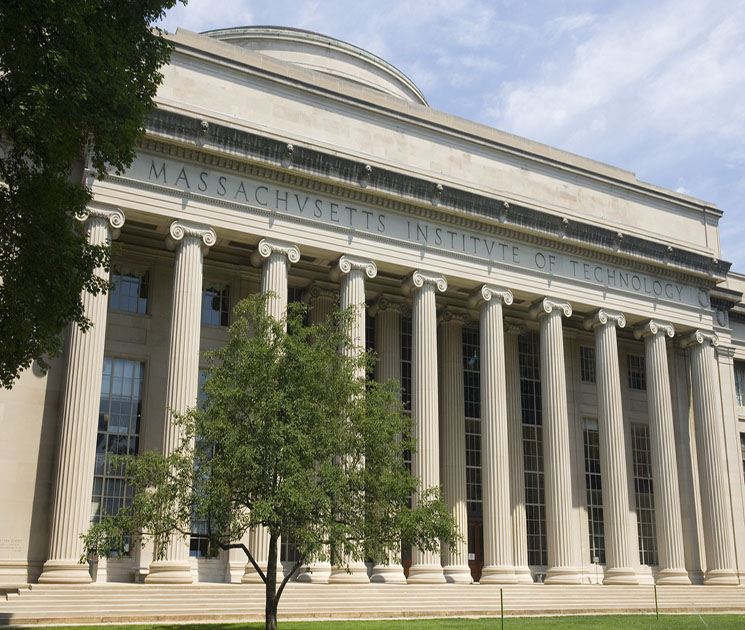Professor Philip Morrison (1915–2005) was Institute Professor Emeritus and Professor of Physics Emeritus at MIT. Morrison earned his BS at the Carnegie Institute of Technology and in he earned his PhD in theoretical physics at the University of California, Berkeley, under the supervision of J. Robert Oppenheimer.
In 1942, he joined the Manhattan Project as group leader and physicist. He was also an eyewitness to the Trinity test—Trinity was the code name for Alamagordo, New Mexico, the site of the first detonation of the plutonium bomb, and Professor Morrison helped to transport its plutonium core to the test site. After surveying the destruction left by the use of the atom bomb in Hiroshima, Morrison became a champion of nuclear nonproliferation. He helped found the Federation of American Scientists, wrote for the Bulletin of Atomic Scientists, and helped to found the Institute for Defense and Disarmament Studies. He was also a vocal critic of the Strategic Defense Initiative.
Morrison joined the physics faculty at Cornell University in 1946 and would move on to MIT in 1964. In 1959, Morrison and Giuseppe Cocconi published a paper proposing the potential of microwaves in the search for interstellar communications, a component of the modern SETI program. He was also known for his numerous books and television programs, including Powers of Ten and The Ring of Truth. Morrison was a fellow of the American Physical Society and chairman of the Federation of American Scientists from 1973 to 1976. He was also a member of the National Academy of Sciences, the International Astronomical Union, the American Association of Physics Teachers, the American Academy of Arts and Sciences and the American Philosophical Society. The Astronomical Society of the Pacific gave him the Klumpke-Roberts Award in 1992.










